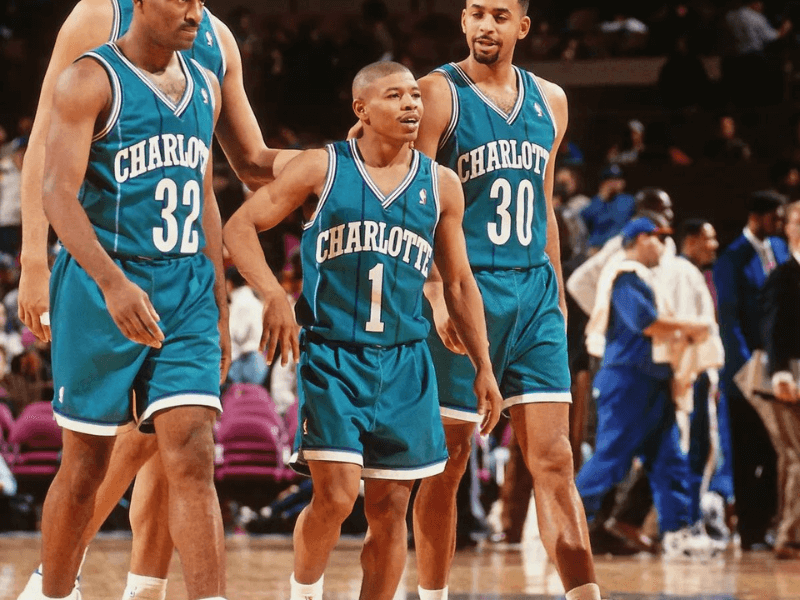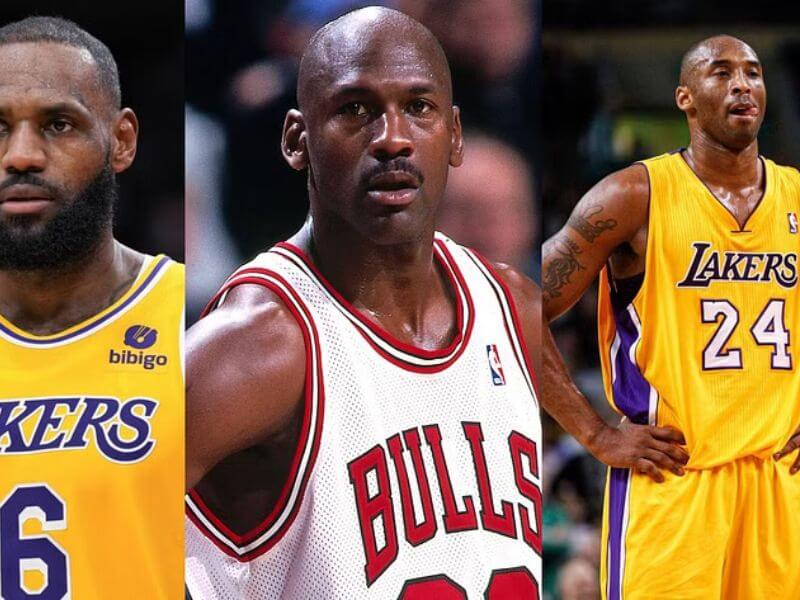What are the positions in basketball? In a basketball game, each team has five players on the court. Every player is assigned one of five basic positions, and with that position comes a specific set of responsibilities that each player needs to fulfill.
These five basic positions are point guard, shooting guard, small forward, power forward, and center.
However, like every sport, basketball has evolved considerably over time, and now, it is common to see players who are able to adapt quickly to different roles and excel in different positions, according to the needs of their team.
Here, we describe both: the basic basketball positions and the recently created “hybrid” positions.
Back to the Basics: Basketball Positions & Strategy
Before we dive into the specifics, let’s go back to the basics for a moment. Generally speaking, each team is made up of five designated positions: shooting guard, small forward, point guard, power forward and center.
Team players are assigned their position based on a number of factors such as physique, ball handling, passing and shooting skills.
Unlike other team sports, basketball players play both offense and defense, regardless of their assigned position. In fact, the ability to switch between attack and defend is the cornerstone of a good player.

Basketball Positions Explained
The point guard is the core of any team. They’re like the quarterback in football, because they’re usually responsible for signal-calling and orchestrating play as the ‘floor general’ or ‘coach on the floor.’ Just follow Red Bull athlete Cole Anthony for a stellar example of how to play Point Guard.
As Anthony sees it, mentality is crucial to success on the court. Early in his professional career he says, “I recognized that there are levels within the NBA. And to get to that highest level, you really do need that insane, intense, consistent work ethic and discipline.”
Even though a point guard can score, they are more of a facilitator. The position gains possession of the ball, passes it to their teammates, and creates scoring opportunities.
The point guard is usually one of the shortest players on the team and boasts a deep knowledge of the game since they’re the one calling the shots.
On defense, the point guard guards an opposing player, trying to block their shots and retain possession of the ball. They try to steal the ball, then create openings for their team to score.

5 Key Basketball Positions
Here is a basic overview of the main positions in a basketball lineup and the responsibilities each role entails:
1. Center: The center position plays close to the basket and scores most of their points off offensive rebounds or by “posting up” in the paint.
The player in this role is typically the strongest and tallest player in the line-up. Centers should be able to score easily in the low post, forcing the opposing team to double them, leaving one of their unguarded teammates open for a shot.
On offense, centers also set screens on defensive players to open up scoring opportunities for their teammates. On defense, the center’s primary responsibilities are using their size and strength advantage to block shots and collect rebounds.
Notable NBA centers include Kareem Abdul-Jabbar, Wilt Chamberlain, Shaquille O’Neal, and DeMarcus Cousins. Notable WNBA centers include Lisa Leslie, Candace Parker, Yolanda Griffith, and Lusia Harris.
2. Power forward: The power forward position requires speed, athleticism, and a good mid-range jump shot. This role prioritizes rebounds and defense, placing a high focus on rebounding the ball, and using defensive skill and size to set screens that allow their teammates to get an open shot.
Power forwards are good passers that can hold their own in a post-up situation. On offense, their teams often rely on them to score near the basket and outside the paint. On defense, power forwards need to be quick enough to guard players closer to the perimeter and strong enough to match up with centers playing in the paint.
Notable NBA power forwards include Tim Duncan, Dennis Rodman, Kevin Garnett, and Charles Barkley. Notable WNBA power forwards include Breanna Stewart, Nneka Ogwumike, and A’Ja Wilson.
3. Small forward: The small forward is usually the most well-rounded, versatile player on a team. A small forward must be an excellent ball-handler, three-point shooter, passer, and have the strength and speed to drive to the basket and score from down low.
A team’s offense counts on their small forward to be aggressive and draw fouls, leading to the small forward scoring many points from the free-throw line. On defense, teams rely on small forwards to defend both the arc and the rim.
Notable NBA small forwards include LeBron James, Scottie Pippen, Larry Bird, Kevin Durant, and Kawhi Leonard. Notable WNBA small forwards include Elena Delle Donne, Maya Moore, Allie Quigley, and Tamika Catchings.
4. Point guard: Nicknamed the “floor general,” the point guard is in charge of running the offense, setting up plays, and controlling the tempo of the game (this position is similar to the quarterback position in American football).
The point guard typically dribbles the ball up the court after the opposing team scores and plays around the perimeter unless they drive to the hoop to score.
Point guards are usually the shortest player on a team but make up for their height disadvantage with their dribbling skills, shooting skills, passing skills, speed, and intelligence. The point guard should be a team’s best ball handler, a great long-range shooter, and possess excellent court vision to pass the ball effectively and create open shots.
The best point guards put their team’s scoring efforts ahead of their own, which often leads to them tallying many assists. On offense, their speed and athleticism make them an offensive threat from both inside and outside the three-point line. On defense, the point guard mostly defends players around the perimeter and puts continuous pressure on the opposing point guard to disrupt their game plan.
Notable NBA point guards include Stephen Curry, Magic Johnson, Chris Paul, and Steve Nash. Notable WNBA point guards include Sue Bird, Becky Hammon, Ticha Penicheiro, and Dawn Staley.
5. Shooting guard: The primary job of the shooting guard on offense is to score points. Shooting guards are often the best shooter on a team, and a good shooting guard should average at least 35-40% from behind the three-point line.
Shooting guards are usually taller than point guards, excellent free throw shooters, strong, fast, and can drive to the basket in addition to taking long-distance shots. Since a good shooting guard is probably the offense’s biggest scoring threat, many teams design their offense around the shooting guard.
This position needs to be skilled at moving around the court without the ball to free themselves up for open scoring opportunities. Shooting guards should also have above-average ball-handling and passing skills in case they need to play back-up to a point guard.
On defense, this position can fill various roles, but when their defense forces a turnover, the shooting guard should always transition back to offense as fast as possible to be available to score points.
Notable NBA shooting guards include Michael Jordan, Kobe Bryant, James Harden, and Klay Thompson. Notable WNBA shooting guards include Cynthia Cooper, Cappie Pondexter, and Diana Taurasi.
Above is information what are the positions in basketball. Hopefully, through the above content, you have a more detailed understanding of what are the positions in basketball .Thank you for reading our post.


